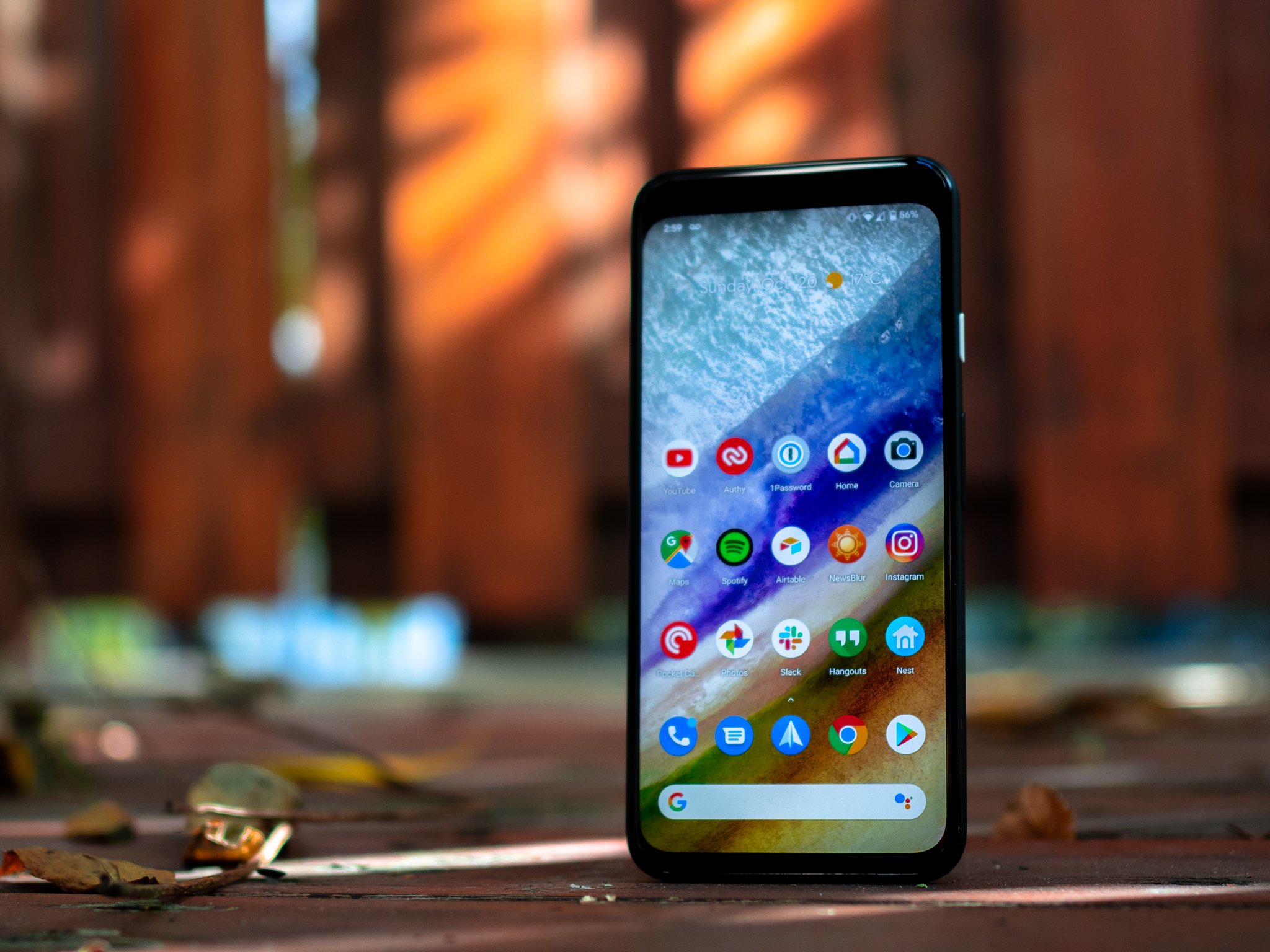Pixel 4 December update adds dual-frequency GNSS support, brings improved Face Unlock

What you need to know
- The first Pixel "Feature Drop" includes a few new hidden features.
- In addition to automatic call screen and new Portrait Blur feature, the update also includes Face Unlock improvements and adds dual-frequency GNSS support to the Pixel 4 series phones.
- Additionally, the update enables eSIM support on T-Mobile.
The first "Feature Drop" update for the Google Pixel 4 and Pixel 4 XL phones arrived earlier this month, bringing new features such as automatic call screening, Portrait Blur, auto-framing in Google Duo, and improved on-device computing for better location quality in Google Maps. In addition to these features and improvements, the update comes with a few other changes as well.
As noted by the folks over at XDA Developers, the December update for the Pixel 4 and 4 XL adds support for dual-frequency GNSS. With dual-frequency GNSS support, Pixel 4 and 4 XL owners can now expect superior location tracking, as the phones are now capable of tracking satellite signals using both L1 and L5 frequencies. The addition of dual-frequency GNSS could be one of the main reasons why Google claimed in its blog post that the December update brings better location quality in Google Maps.
In addition to better location accuracy with dual-frequency GNSS support, the update includes significant upgrades to the Face Unlock feature. The feature will now use user's recent face unlock images to help it better recognize their face over time. Google says the face unlock images are stored in the phone's Titan M security chip, and are not shared with any other apps or services.
The update also brings eSIM support for T-Mobile's network in the U.S., which means users can now use the Pixel 4 and 4 XL's dual-SIM functionality.
Be an expert in 5 minutes
Get the latest news from Android Central, your trusted companion in the world of Android

